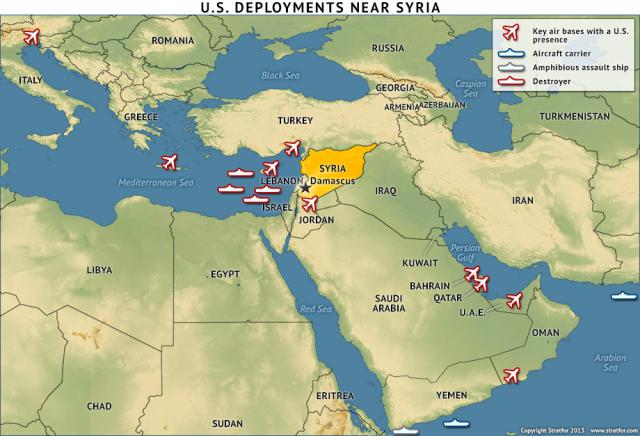Ars Technica‘s Lee Hutchinson finds through actual hands-on experience that “home” 3D printers are still in the “tinkering” stage of development:
I volunteered to put the Printrbot through its paces from the perspective of someone who’s only vaguely aware of home 3D printing as a technology. Before getting my hands on the Printrbot Simple, I’d never even seen a home 3D printer before.
What I found as I dug in was a pit without a bottom — an absolute yawning Stygian abyss of options and tweaking and modifications and endless re-printing. To own and use a 3D printer is to become enmeshed in a constant stream of tinkering, tweaking, and upgrades. It feels a lot like owning a project car that you must continually wrench on to keep it running right. Almost from the moment I got the Printrbot out of the box and printing, I had to start the tweaking. And as a total 3D printing newb, it really soured me on the Printrbot and on the entire concept of low-cost 3D printing in general. “Surely,” I thought, “this frustration is because I’m cutting my teeth on a $299 3D printer intended for early adopters. Surely a higher-end 3D printer is easier!”
And so, in order to see how a higher-end home 3D printer works, I found myself in possession of a much more expensive, much more impressive-looking Makerbot Replicator 2. That device costs $2,200 as opposed to the Printrbot Simple’s $299. The first few things I printed out with the much more expensive device were amazing. It was like leaving the project car in the garage and driving the Lexus to work — you get in, press the button, and go. But then, after perhaps 20 hours of print time, the problems started. Filament would fail to feed. The printer would clog. The printer produced spaghetti instead of actual models, ruining overnight print jobs. I had to replace the plunger-based filament extruder with a new spring-loaded version to overcome a design flaw. I found myself re-leveling the build plate and disassembling and reassembling the extruder way more than I ever had to do with the little Printrbot. All of that was as fun as it sounds.
The Makerbot wasn’t turning out to be an expensive but reliable Lexus. It was turning out to be an expensive and you-better-own-two-because-one-will-always-be-broken 1970s-era Jaguar. It wasn’t just frustrating — it was actually enraging. If I had paid $2,200 out of my own pocket for the Makerbot, I would have been sorely tempted to drive up to New York and fling the thing through the windows of Makerbot’s office.
Update, 30 August: Another thing holding back widespread adoption of home 3D printing is that you need proper designs to use for your 3D printer, and most people are not familiar with CAD or CAD-like design programs. This will continue to be a hindrance for original designs, but MakerBot Digitizer can help you copy physical items:
The Digitizer is about the size of a portable 45 rpm record player — with a laser-shooting accessory attached to the back. MakerBot head honcho Bre Pettis debuted a prototype of the Digitizer at his SXSW keynote address back in March, and now the device is almost ready for sale. The MakerBot Digitizer starts shipping in October.
Here’s how it works. You start with a relatively small object — you’re limited to a maximum weight of 6.6 pounds, and the object has to be less than 8 inches wide and 8 inches tall. Put it on the Digitizer’s turntable, and the device scans it with two “eye-safe” lasers as the turntable spins. After the object has been fully scanned, the Digitizer outputs a 3-D design file. The entire scanning process takes about 12 minutes, according to the MakerBot website — there are 800 individual steps within a full 360-degree rotation.
Of course, this is just a surface scan: hollow objects or objects with interior voids will still need further design processing before you can hit “copy”.





